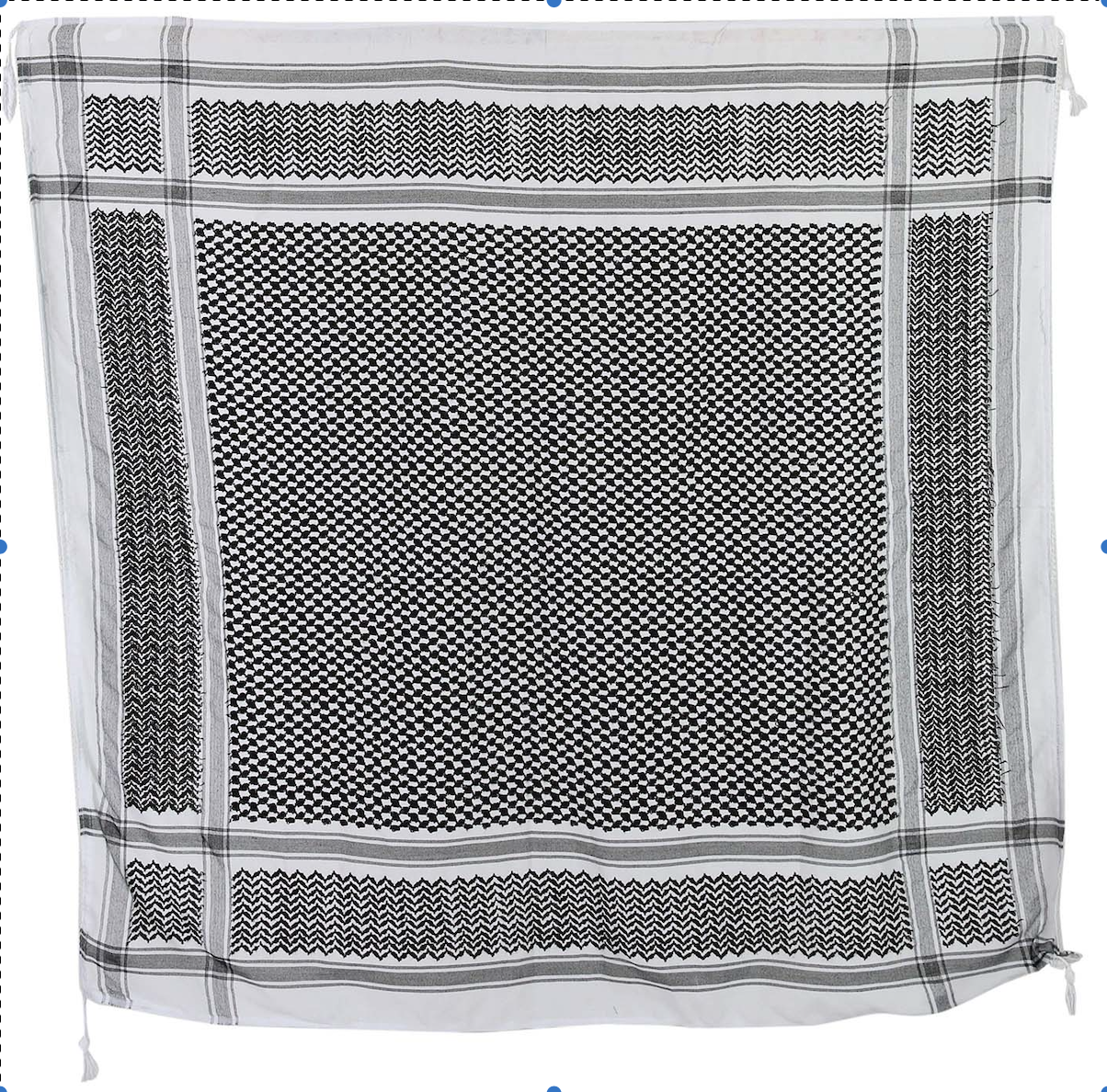Rajrupa Das, a proud Kolkata native, is a dedicated museum professional with a Master of Letters in Dress and Textile Histories from the University of Glasgow. Growing up in Kolkata, a city that beautifully juxtaposes historic charm with modernity, Rajrupa developed a profound appreciation for culture and history. She believes understanding a culture starts with its food and fashion, both deeply influenced by geography and environment. Rajrupa earned her Bachelor in Fine Arts and Art History from the esteemed Government College of Art and Craft, Kolkata. Her experience spans from being a curatorial assistant at Glasgow Museums Resource Centre to working at INTACH and serving as a Museum Coordinator for Women’s Museum UAE in Dubai. Earlier, she contributed to Sabyasachi Couture as a researcher and design analyst and worked in the corporate sector for leading organizations. Rajrupa’s research interests encompass the evolution of dress, textile designs, colonial influences, and innovative museum practices in developing nations.




